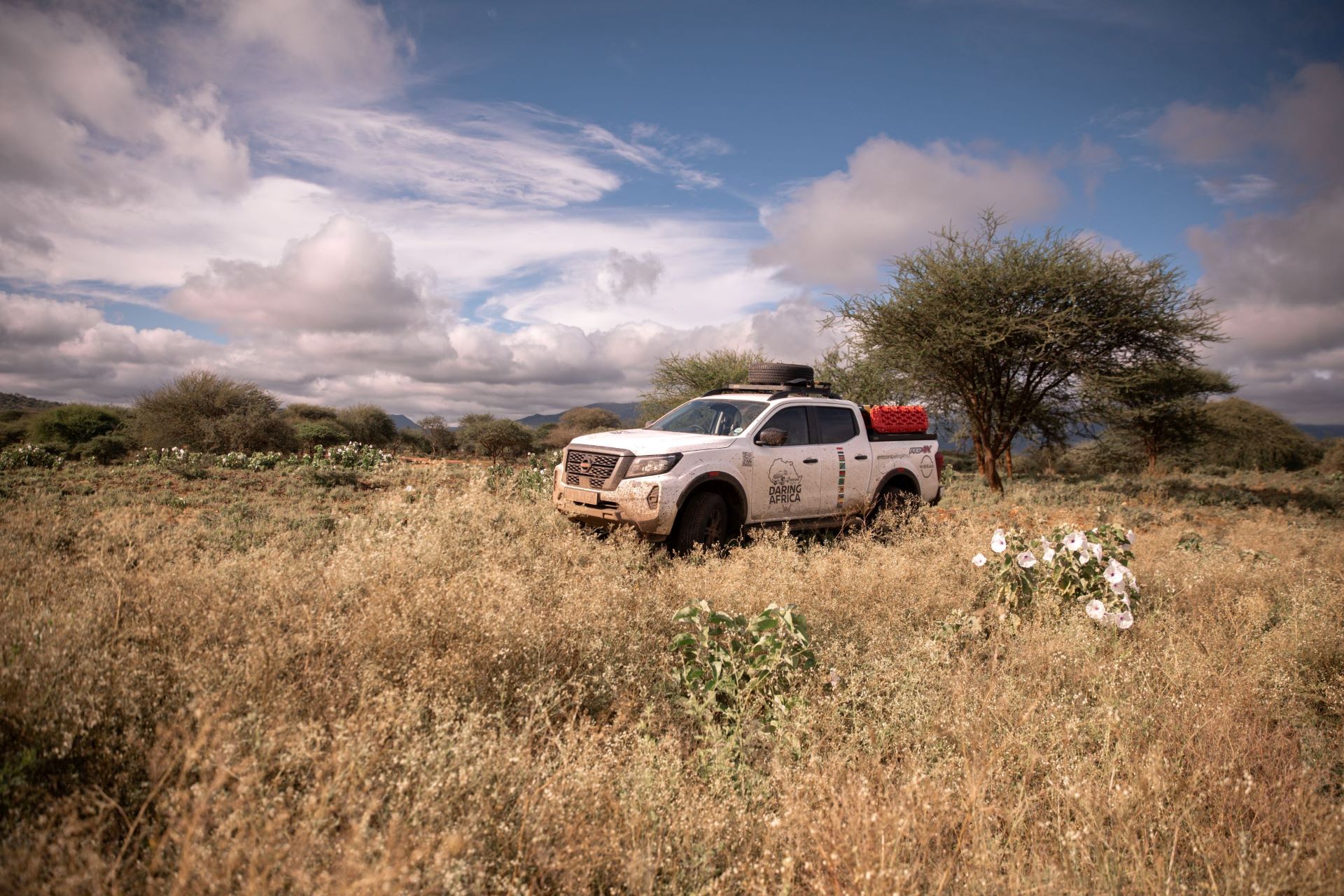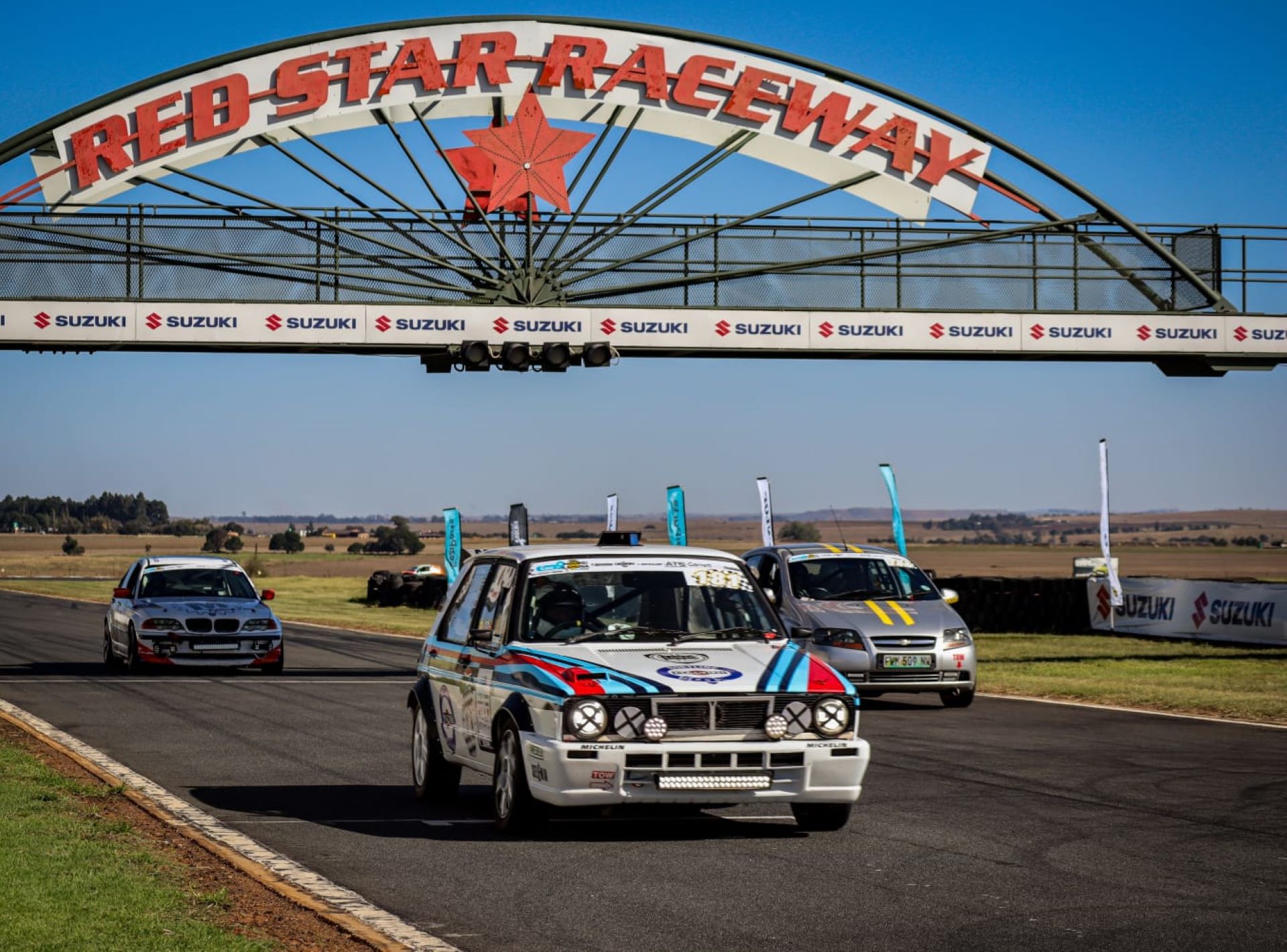The 36th annual TOTAL Economy run was held on 26 to 28 July 2012, and was based in the picturesque (and hilly!) White River. The event drew 54 entries, with petrol, diesel and hybrid vehicles being catered for in different classes. Subaru was proudly represented by a Subaru XV CVT and a Subaru Forester diesel, kindly provided by Mr Chris Grobler of Subaru Centurion.
There are two classes available for all wheel drive and four wheel drive SUV vehicles, namely one for petrol powered and one for diesel powered vehicles. The XV competed in the petrol class, and was driven by Hedley Whitehead with Terry Illman as navigator. The Forester competed in the hotly contested diesel class, and was driven by Gary Berndt with Errol Johan as navigator.
The TOTAL Economy Run is entered by most major manufacturers to showcase the fuel efficiency of their vehicles, and is an unbiased and controlled test to measure different vehicles against one another over the same roads and under the same conditions. Vehicles have to run at average speeds of close to the speed limit, and the important word in this sentence is “average”. Where the speed limit is 120, the average is usually set at 115, which is easy to do until one finds mountain passes, sharp corners, slow moving traffic and the usual logging trucks of Mpumalanga on the same piece of road. Every second lost then has to be made up, which is where the navigators have to start calculating, as there are checkpoints at which competitors have to book in. For every minute or part thereof that a competitor is late, one litre of fuel is added to the number of litres that the vehicle actually consumes. Hence one may burn additional fuel trying to make up time, only to find a marshal at a point before which the time could be made up, and thus a penalty would be unavoidable.
The vehicles also carry an independent observer at all times. Their task is to ensure that competitors adhere strictly to normal driving styles (eg no freewheeling down hills), to the rules of the competition, and to all traffic rules. So one dare not skip a stop street in an attempt to save fuel, or pass slow moving vehicles at any unsafe place, otherwise further penalties or even exclusion from the event will be the result. All vehicles are also checked mechanically to ensure that no non-standard modifications have been made to the vehicle, and even tyre pressures are checked each day to ensure that tyres are not over-inflated. All these measures are designed to ensure that all vehicles are completely standard and that the results can be replicated by consumers driving in a fuel efficient manner. In keeping with this, the two Subaru’s which were entered were completely standard demonstrator vehicles and were run in the event exactly as supplied by Subaru Centurion. Only tyre pressures and fluid levels were checked and adjusted where necessary.
The route ran to a little over 1 100 km over two days. Day one went from White River to Sabie, Hazyview, over Kowyns Pass to Graskop, and then up to Blydepoort and Ohrigstad before a refuel in Lydenburg. Thereafter, vehicles travelled to the N4, through Schoemanskloof and over Kaapsehoop before moving on to Nelspruit and Barberton. From there, the route went via Kaapmuiden back to the N4 and then back to White River.
Day two took competitors through Nelspruit to Barberton, before turning towards Badplaas and Chrissiemeer, and a refuel at Ermelo. Competitors then returned to White River by the same route.
The Subaru XV CVT won the petrol AWD SUV class, with a fuel consumption of 7.953 l/100 km. This was well ahead of the second placed Ford Kuga which recorded 8.862 l/100 km. Not to be outdone, the Forester won the diesel AWD SUV class as well, with a consumption of 6.223 l/100 km. This was over 1.5 l/100 km ahead of the second placed competitor in the diesel class. These results comprehensively demonstrate not only the absolute fuel efficiency of these vehicles, but also show that they are streets ahead of competing vehicles in their class.
The XV is powered by a 2,0-litre four-cylinder DOHC petrol Boxer engine, which delivers class-leading fuel efficiency. This new powerplant boasts plenty of low-down torque, and delivers 110 kW of power at 6 200 r/min and 196 Nm of torque at 4 200 r/min. This engine, part of the new FB range of engines, retains Subaru’s proven benefits of the horizontally-opposed engine while enhancing fuel efficiency



